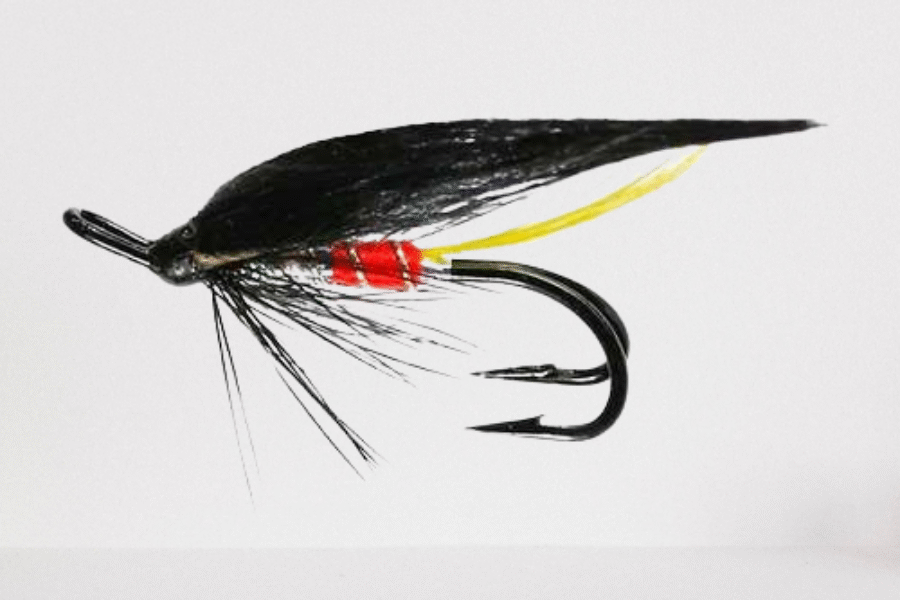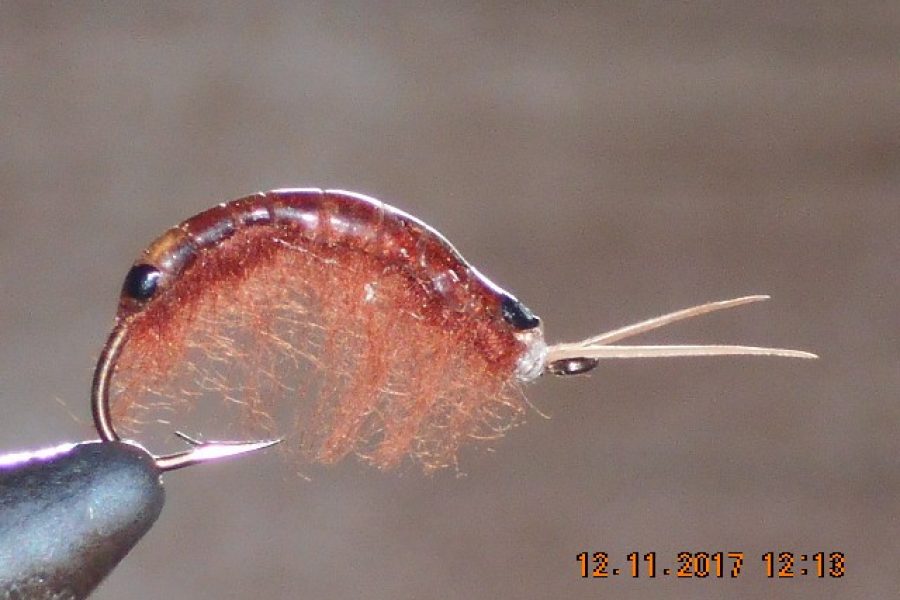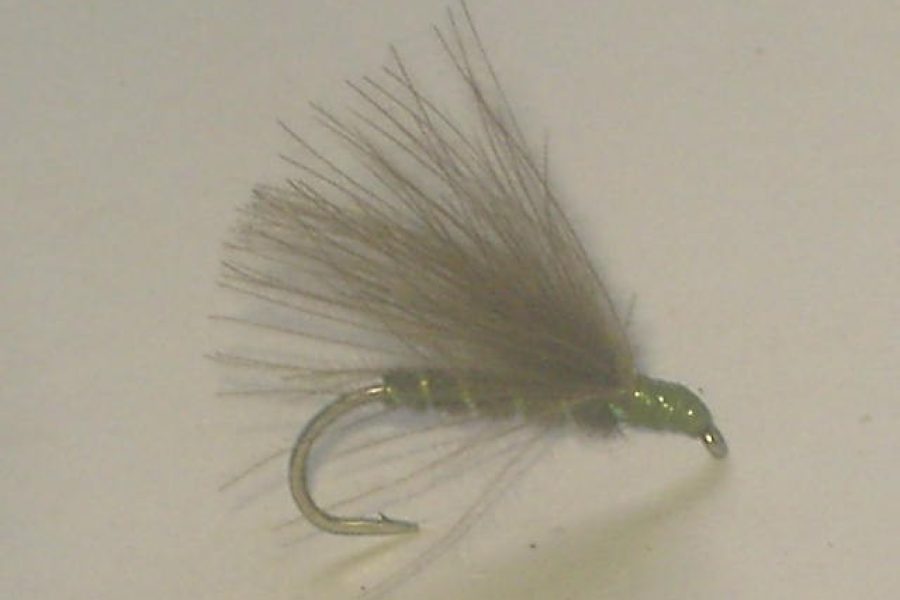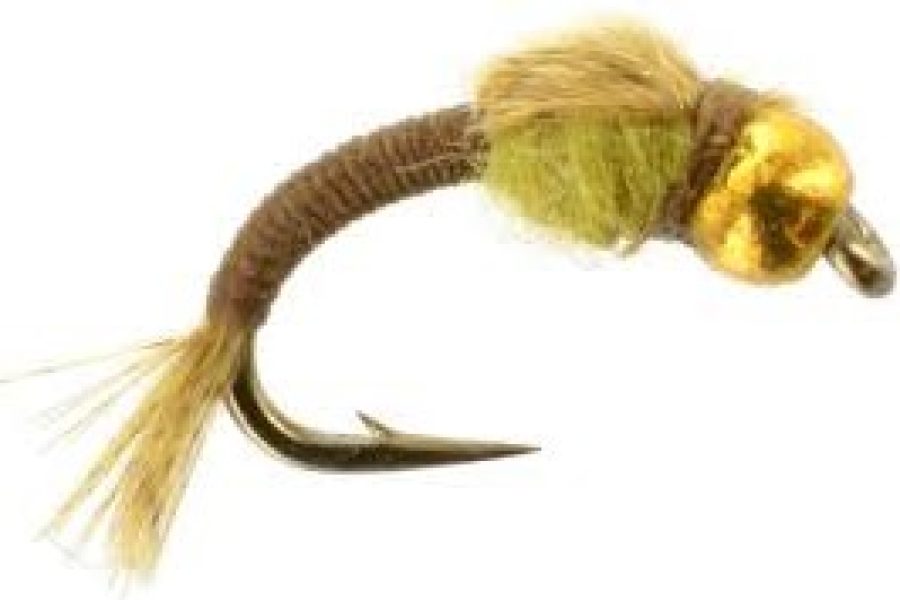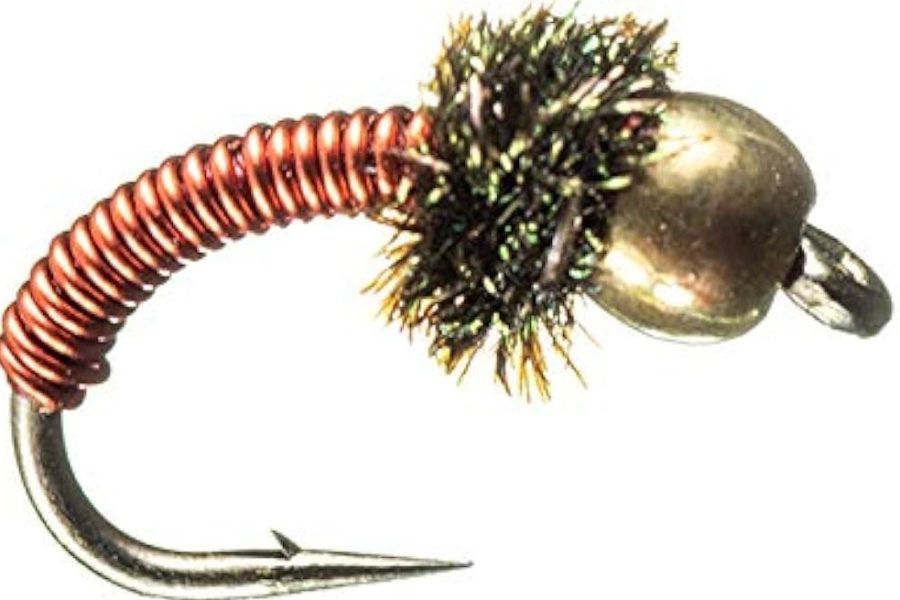Description
Product Overview and Heritage The Mercury Bead Flashback Pheasant Tail represents an innovative evolution of the classic Pheasant Tail Nymph, featuring a distinctive mercury bead that imitates the gas bubble used by emerging insects to float to the surface. This versatile pattern has proven exceptionally effective in matching multiple mayfly species, including blue-winged olives, pale morning duns, Tricos, and red quills. The combination of traditional pheasant tail fibers with modern flash materials and the unique mercury bead creates a highly effective pattern that works across various water conditions and fishing situations.
Design Philosophy and Material Innovation The pattern’s effectiveness stems from its carefully engineered components:
- Specialized mercury bead
- Premium pheasant tail fibers
- Flash-enhanced wing case
- Precise body proportions
- Durable construction
- UV-reactive materials
- Strategic material placement
- Enhanced profile design
- Advanced tying techniques
- Natural movement properties
Technical Specifications
Hook Characteristics:
- Standard nymph hook
- Available sizes: 14-20
- Strong wire construction
- Down-eye design
- Chemically sharpened points
- Wide gape configuration
- Bronze finish
- Optimal hook strength
- Enhanced penetration design
- Perfect size-to-weight ratio
Material Properties:
- Mercury glass bead
- Natural pheasant tail fibers
- Flash wing case material
- Quick-sinking properties
- Water-resistant treatments
- Enhanced durability features
- Quality natural materials
- Specialized body construction
- Color-fast characteristics
- Movement enhancement
Construction and Tying Process The pattern’s success relies on precise construction methods:
- Balanced proportions
- Strategic bead placement
- Graduated body tapering
- Reinforced fiber wraps
- Material integration
- Enhanced durability features
- Proper material application
- Body segmentation
- Profile consistency
- Movement optimization
Fishing Applications and Techniques
Presentation Methods:
- Dead drift
- Swing presentations
- Multiple drift speeds
- Depth control
- Pattern suspension
- Drag-free drifts
- Current seam fishing
- Structure targeting
- Cross-current drifts
- Action variation
Specialized Applications:
- Mayfly hatches
- Emerging insects
- Technical water
- High-pressure situations
- Structure fishing
- Pocket water
- Bank fishing
- Seam fishing
- Drop-offs
- Current breaks
Seasonal Effectiveness
Winter Performance:
- Cold water techniques
- Deep pool fishing
- Peak activity periods
- Limited feeding windows
- Slow presentations
- Temperature considerations
- Pattern visibility
- Fish holding patterns
- Oxygen levels
- Light penetration
Spring Applications:
- Mayfly emergence periods
- Warming waters
- Initial feeding
- Water level variations
- Mixed techniques
- Weather changes
- Pattern selection
- Temperature increases
- Fish movement
- Feeding windows
Summer Strategy:
- Morning/evening fishing
- Deep water refuges
- Temperature changes
- Feeding patterns
- Oxygen levels
- Light penetration
- Fish behavior
- Water conditions
- Current seams
- Structure targeting
Fall Tactics:
- Pre-winter feeding
- Cooling waters
- Changed light conditions
- Transitional periods
- Selective takes
- Pattern visibility
- Fish location
- Temperature drops
- Migration patterns
- Feeding windows
Habitat and Water Types
Water Applications:
- Spring creeks
- Tailwaters
- Mountain streams
- Lakes and ponds
- Clear pools
- Structure areas
- Current seams
- Drop-offs
- Holding water
- Pocket water
Specialized Environments:
- Crystal clear waters
- Stained conditions
- Shallow riffles
- Deep runs
- Complex currents
- Bank structure
- Channel edges
- Boulder gardens
- Undercut banks
- Current breaks
Target Species and Behavior
Primary Species:
- Brown Trout
- Rainbow Trout
- Brook Trout
- Cutthroat Trout
- Grayling
- Whitefish
- Selective Trout
- Technical Water Species
Feeding Behaviors:
- Subsurface inspection
- Selective takes
- Pattern recognition
- Territorial behavior
- Opportunistic takes
- Selective feeding
- Strike triggers
- Visual stimulation
- Lateral line response
- Competitive feeding
Rigging Recommendations
Leader Setup:
- 9-12 foot leaders
- 5X-6X tippet
- Tapered leaders
- Fluorocarbon options
- Loop-to-loop connections
- Delicate presentation
- Proper stiffness
- Knot strength
- Breaking strain
- Abrasion resistance
Presentation Options:
- Single fly rigs
- Double nymph rigs
- Multiple fly systems
- Traditional methods
- Modern techniques
- Line matching
- Leader design
- Tippet selection
- Weight placement
- Depth control
Professional Applications
Guide Usage:
- Client-friendly pattern
- Proven success rates
- Visibility advantages
- Easy presentation
- Multiple techniques
- Teaching tool
- Confidence pattern
- Versatile applications
- Durability
- Hook-up ratio
Competition Usage:
- Tournament proven
- Technical water success
- Pressure adaptation
- Quick-change capability
- Consistent performance
- Depth control
- Pattern rotation
- Size variation
- Color selection
- Presentation options
Care and Maintenance
Post-Fishing Care:
- Thorough drying
- Material grooming
- Hook point inspection
- Bead security check
- Fiber preservation
- Storage preparation
- UV protection
- Pattern inspection
- Material maintenance
- Shape verification
Storage Requirements:
- Dry environment
- UV protection
- Separate compartments
- Regular inspection
- Moisture prevention
- Temperature control
- Light protection
- Ventilation needs
- Box organization
- Inventory management
Advanced Fishing Methods
Presentation Techniques:
- Drift variations
- Depth control
- Strike detection
- Drift management
- Current reading
- Structure approach
- Pattern tracking
- Recovery methods
- Angle optimization
- Tension control
Water Reading:
- Current understanding
- Depth assessment
- Structure location
- Fish holding areas
- Presentation angles
- Feeding lanes
- Travel routes
- Rest areas
- Temperature breaks
- Current seams
Environmental Considerations
Conservation Features:
- Barbless options
- Sustainable materials
- Durable construction
- Catch-and-release friendly
- Minimal environmental impact
- Eco-conscious design
- Material selection
- Ethical considerations
- Resource protection
- Species conservation
Material Selection:
- Responsible sourcing
- Quality components
- Natural elements
- Ethical production
- Sustainable practices
- Environmental impact
- Material longevity
- Waste reduction
- Local materials
- Eco-conscious design

